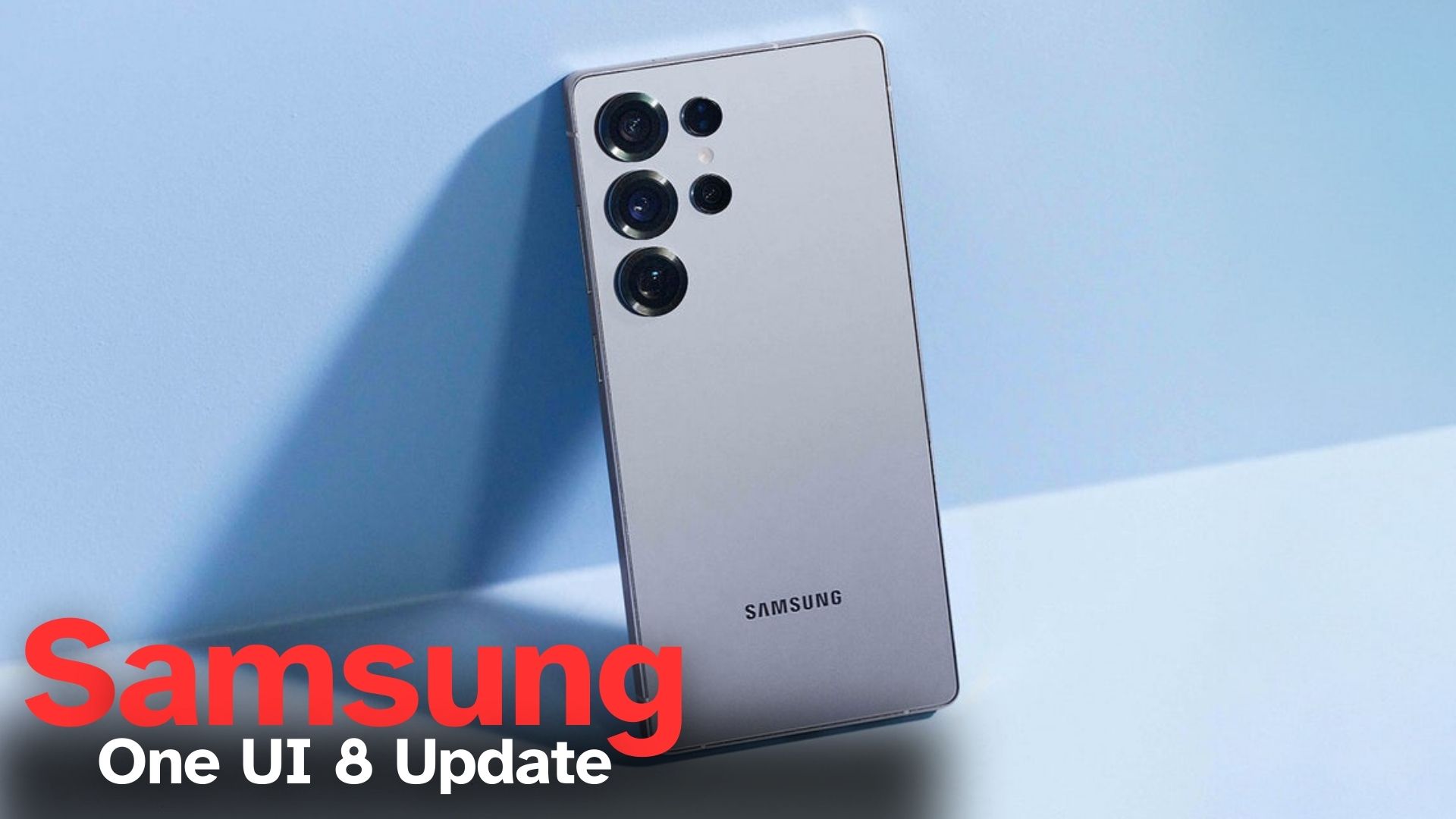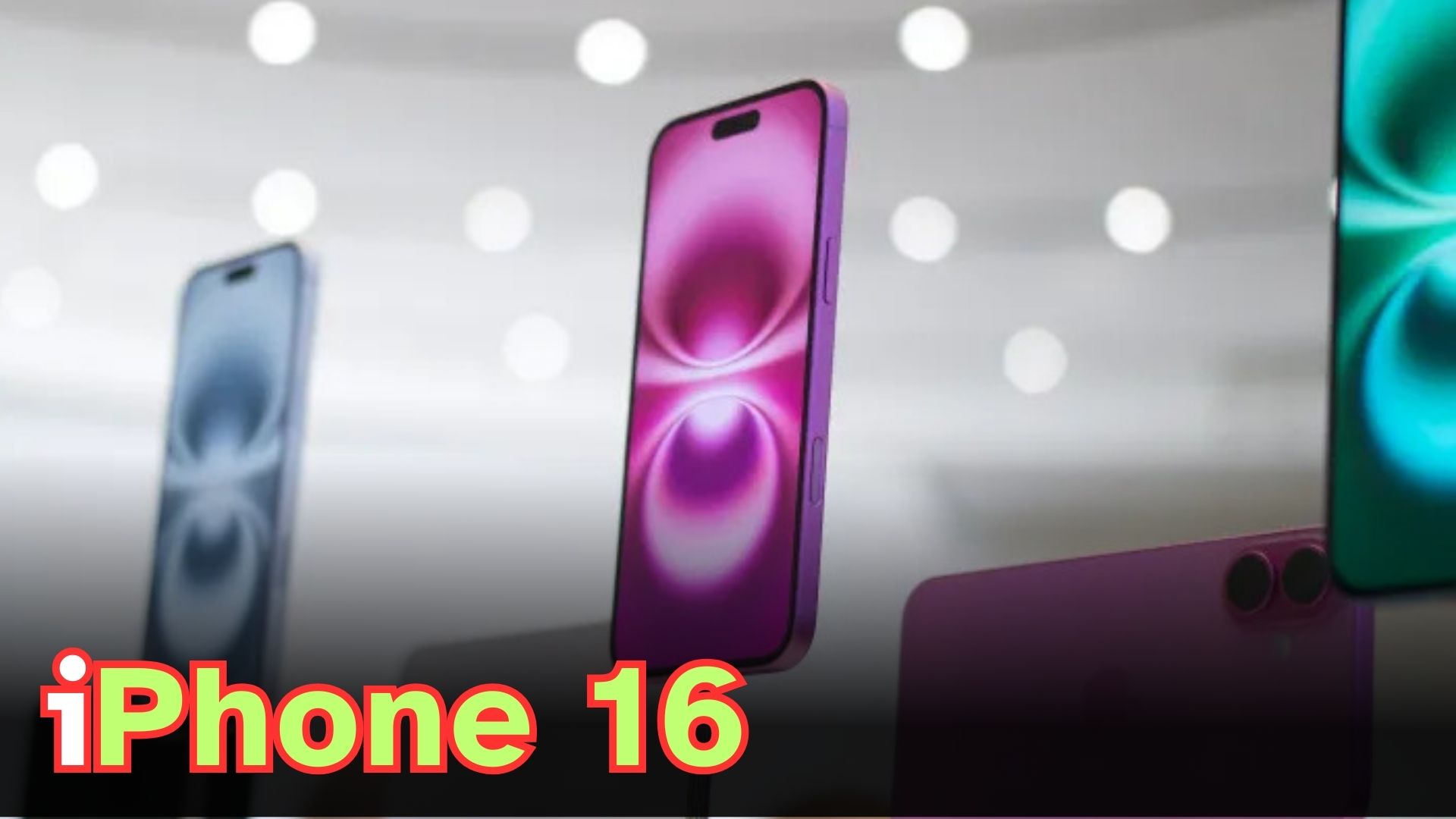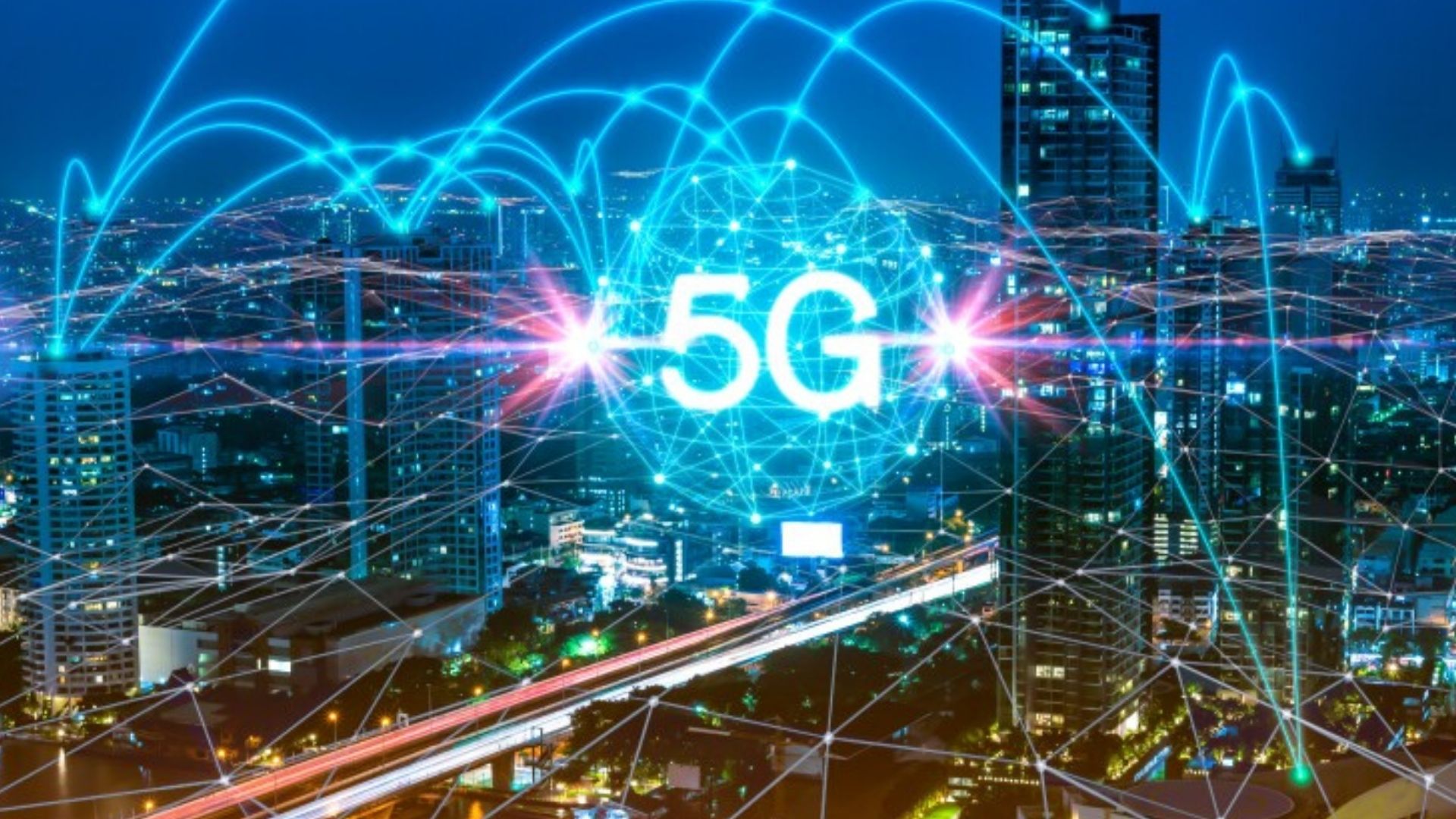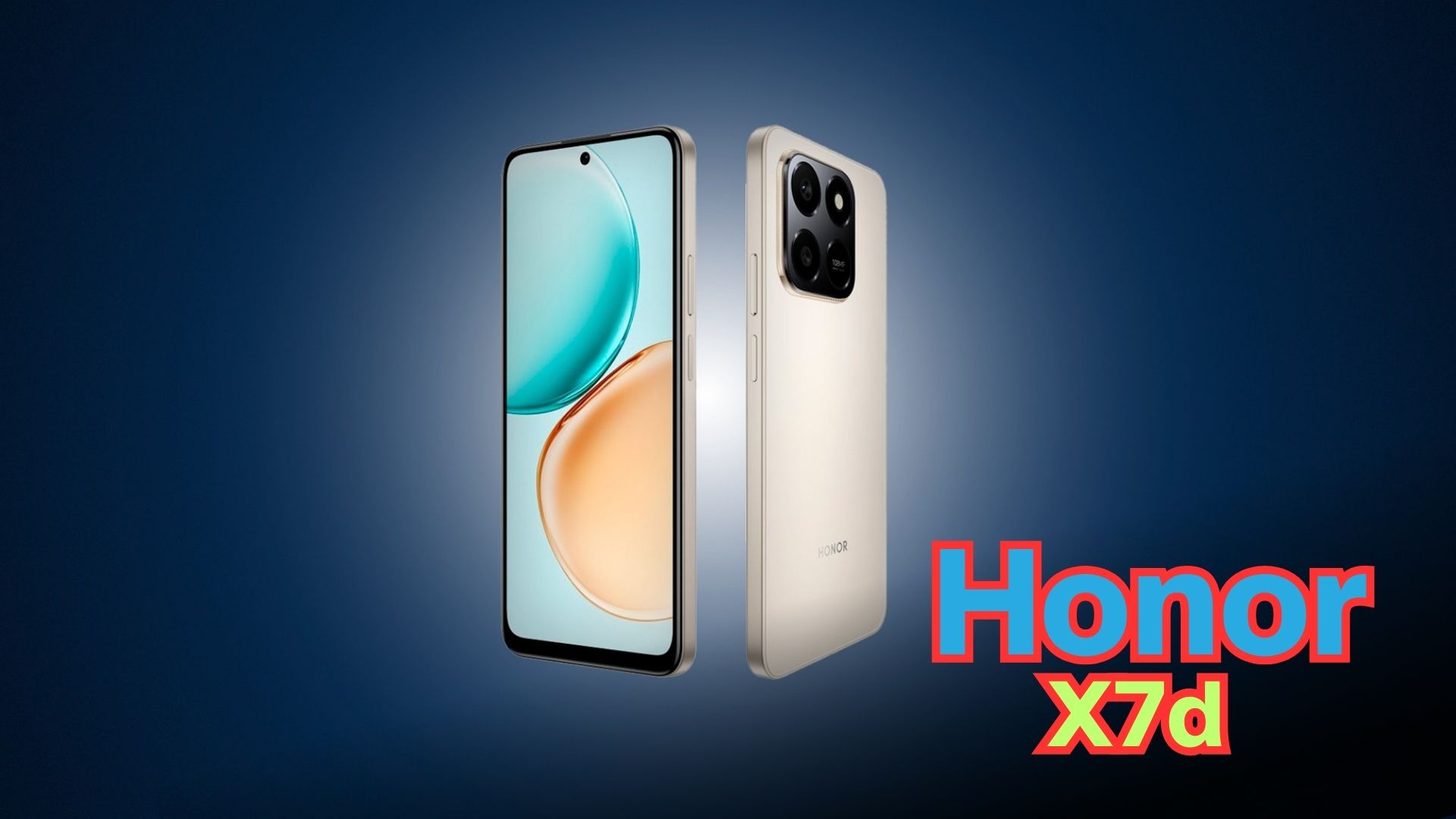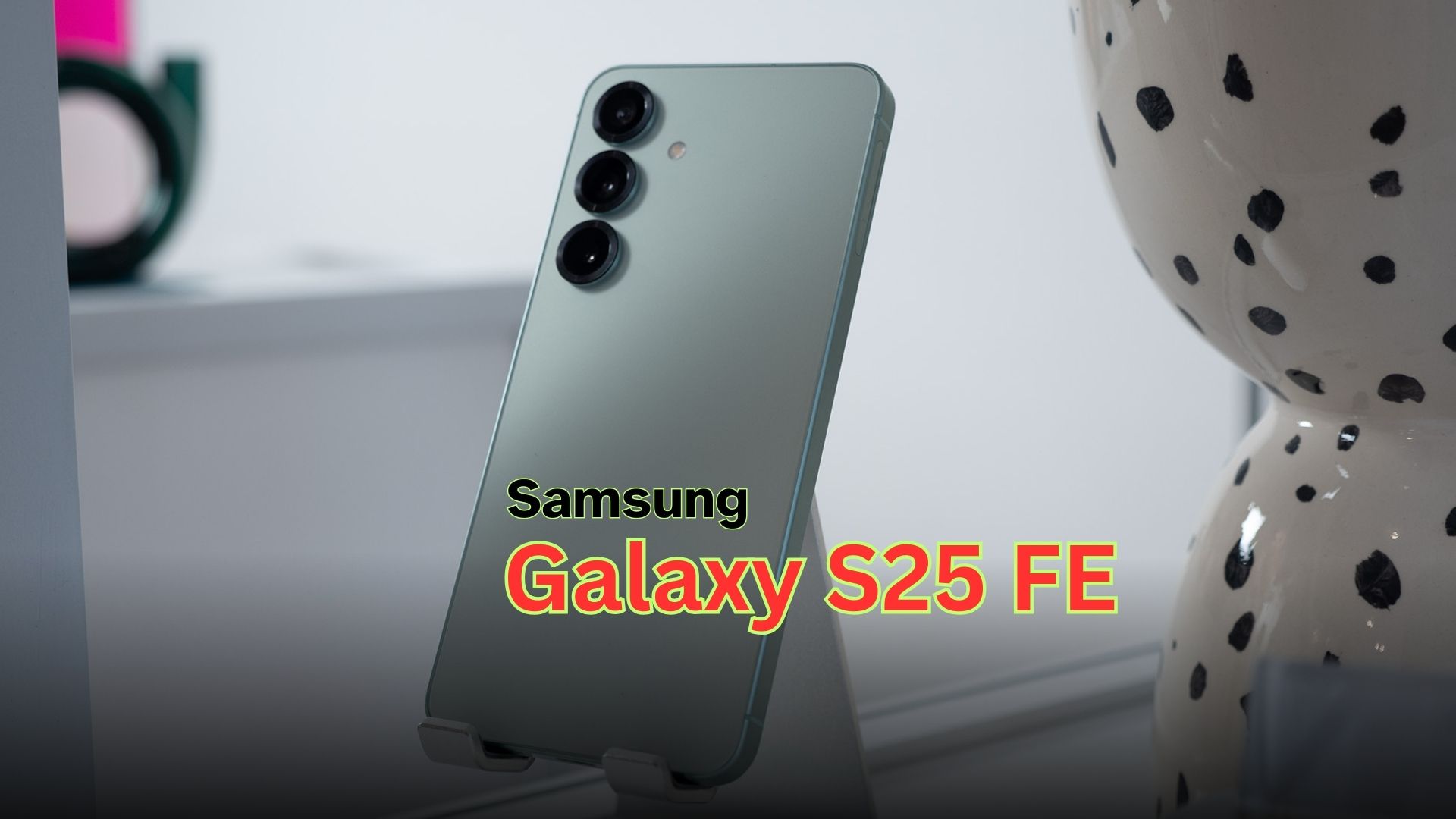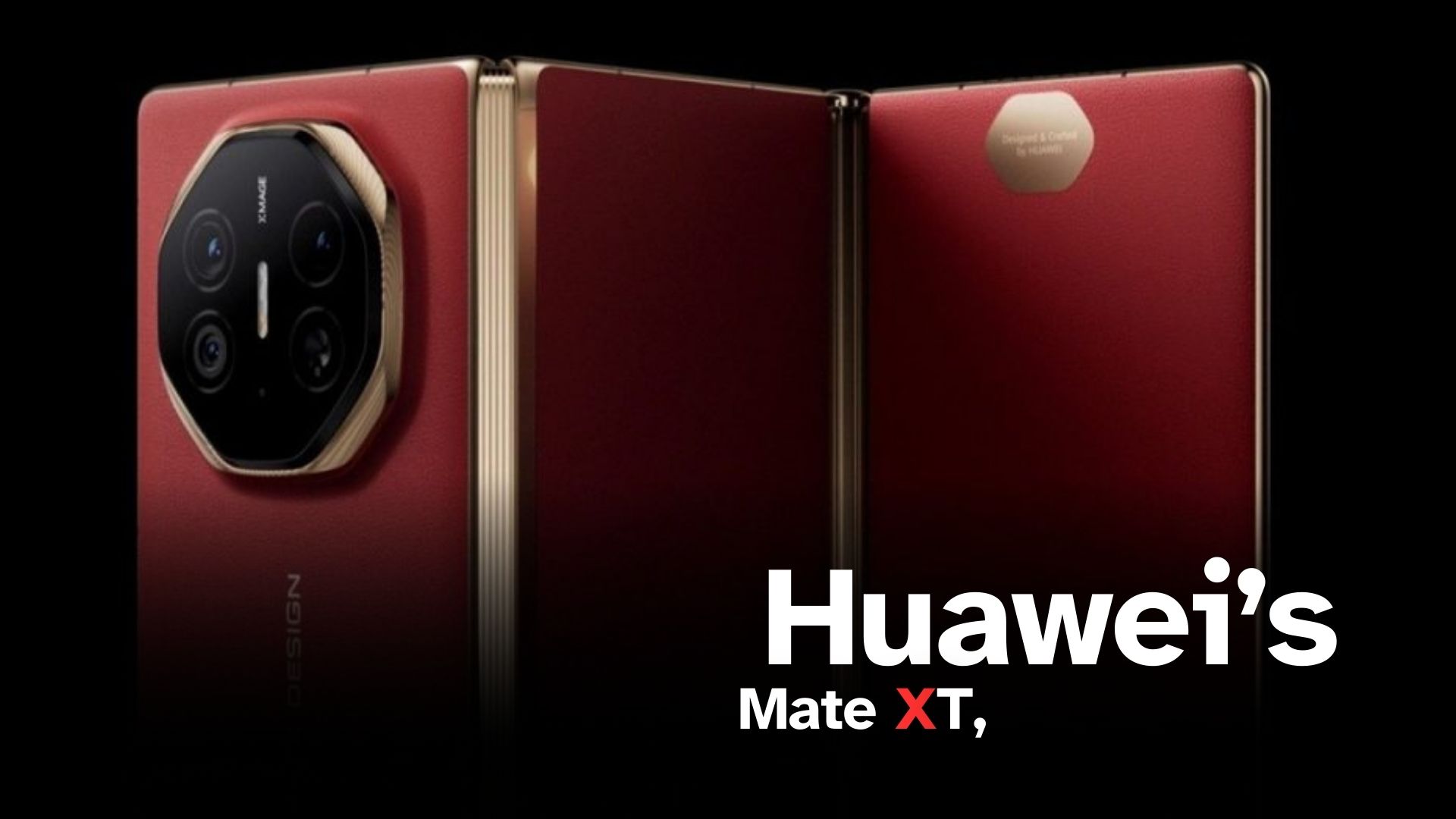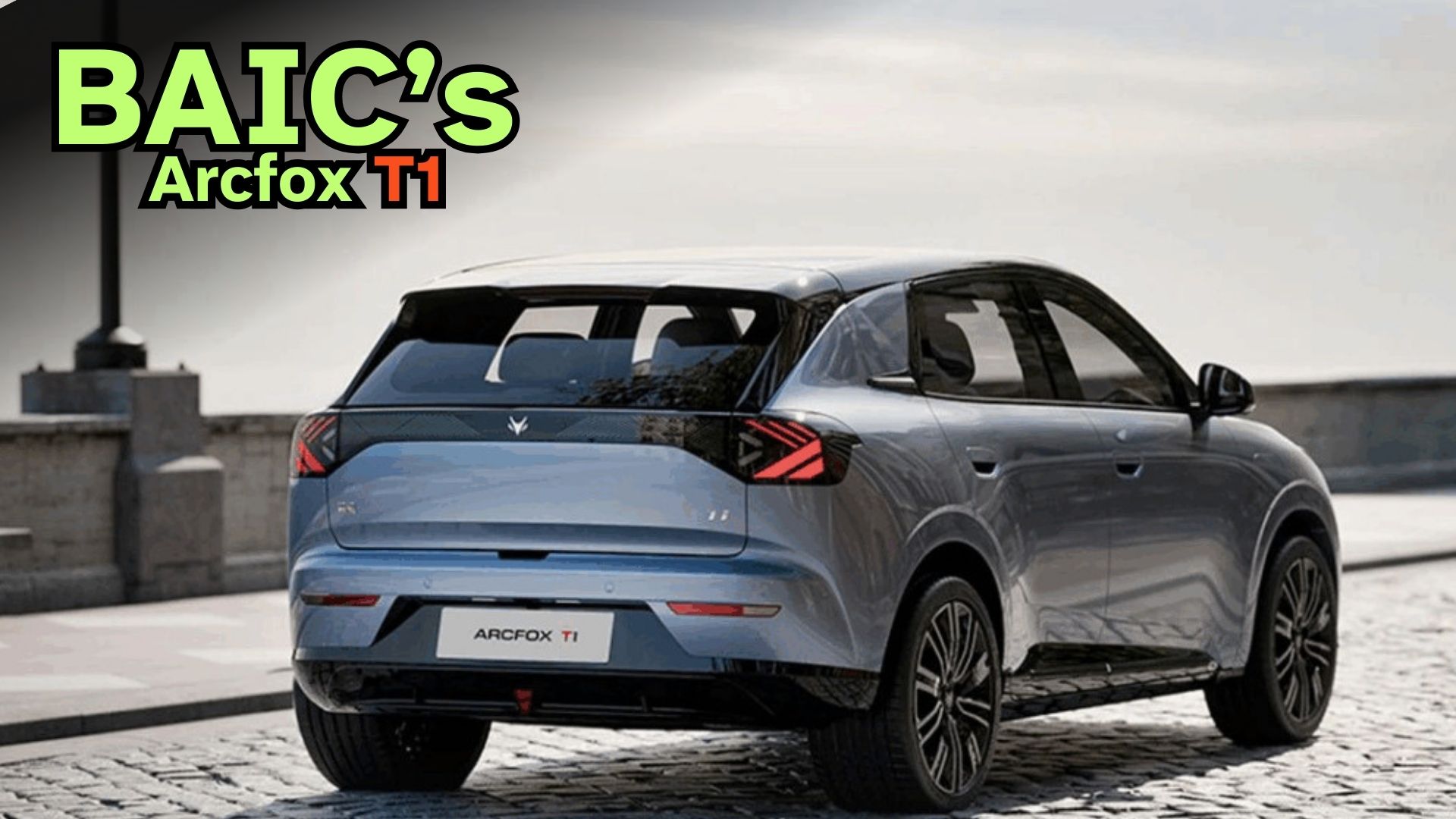Google’s latest Pixel 10 Pro series including the Pixel 10 Pro, Pixel 10 Pro XL, and Pixel 10 Pro Fold introduces Ultra-Wideband (UWB) technology, while the standard Pixel 10 skips this feature. At first glance, UWB may look like just another specification, but in reality, it is a powerful enabler of secure, intuitive, and spatially aware experiences. From unlocking cars to guiding you to lost items, UWB is transforming the way devices interact with their surroundings.
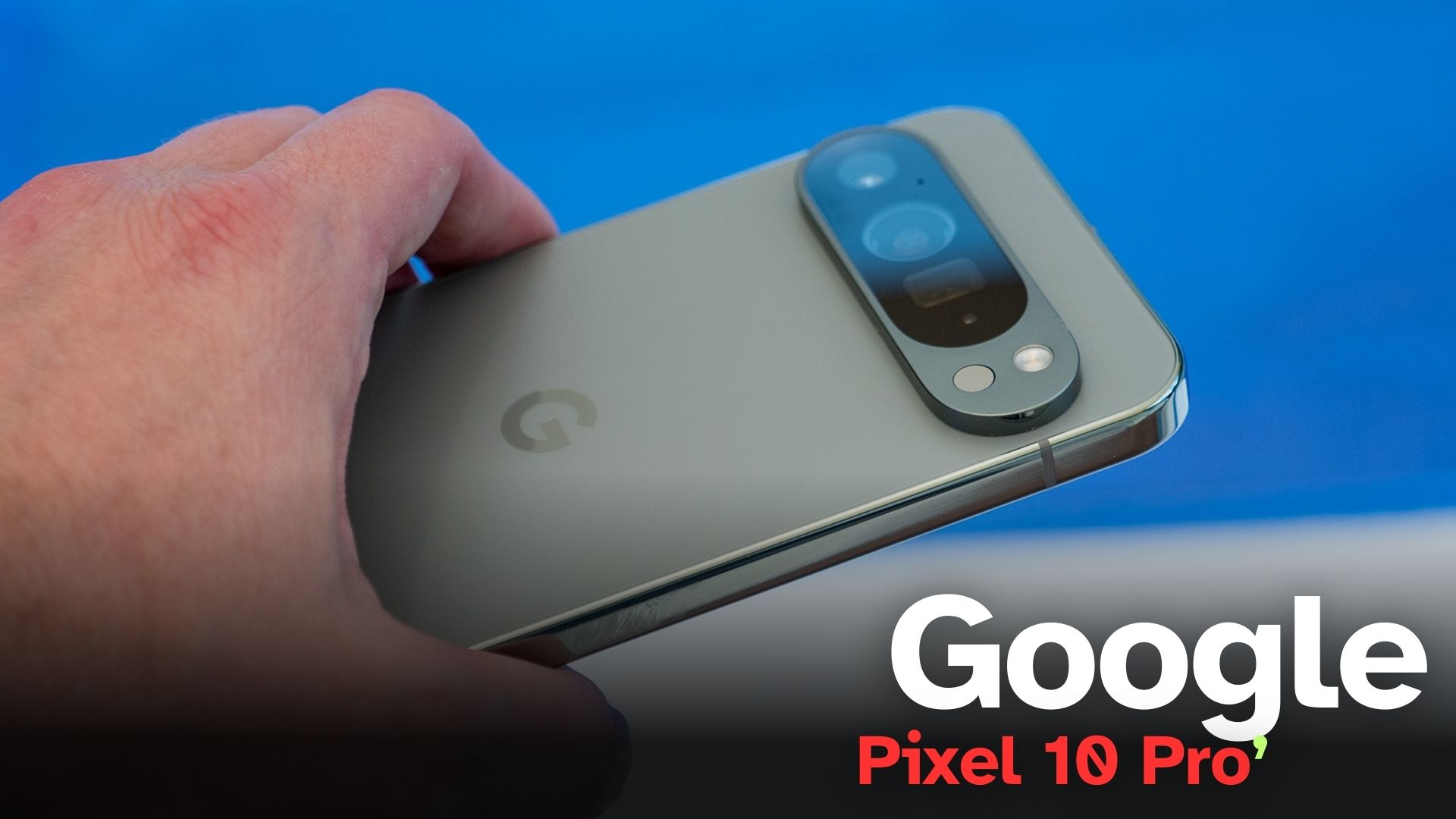
This article explains how UWB works, why it matters, and how the Pixel 10 Pro series leverages it to enhance everyday convenience.
What is Ultra-Wideband (UWB)?
Ultra-Wideband (UWB) is a wireless communication protocol that enables devices to understand their precise spatial position. Unlike Bluetooth or Wi-Fi, which rely primarily on signal strength to determine proximity, UWB uses short, low-power radio pulses transmitted across a wide frequency spectrum.
When these signals reach another UWB-enabled device, the device sends a return pulse. The Pixel 10 Pro then calculates the round-trip flight time of these signals measured in nanoseconds to determine the exact distance and direction of the device.
Summary Table
Feature |
Benefit |
Pixel 10 Pro UWB Usage |
|---|---|---|
Precise Location Tracking |
Centimeter-level accuracy |
Find lost items with on-screen guidance |
Security |
Protection against relay attacks |
Digital car keys and smart locks |
Smart Home Integration |
Context-aware automation |
Room-specific lights, audio, and climate |
File & Media Sharing |
Fast discovery and seamless handoff |
Quick Share, Google Cast handoff |
Future Potential |
Expanding IoT ecosystem |
Cars, TVs, city infrastructure |
Official site link: Google Pixel Official Website
To put it simply:
-
Bluetooth can tell you a device is “nearby.”
-
UWB can tell you the device is 2.3 meters away, on your left, next to the sofa.
This centimeter-level accuracy unlocks new possibilities for secure access, device tracking, and smart home automation.
Security Advantages of UWB
Unlike Bluetooth or NFC, which rely on signal strength and can be spoofed through relay attacks, UWB offers enhanced security. Relay attacks often exploit traditional keyless entry systems by amplifying signals to trick a car or device into unlocking.
Since UWB relies on precise timing measurements tied to the speed of light, it is nearly impossible to fake proximity. This makes it ideal for:
-
Digital car keys that unlock only when you are physically beside the car.
-
Smart locks that respond securely to your phone’s presence.
-
IoT devices that require secure proximity-based authentication.
Finding Lost Items with UWB
One of the most practical benefits of UWB is precision tracking of personal items. When paired with compatible accessories like earbuds, smartwatches, or smart tags, the Pixel 10 Pro can guide you directly to the object.
Instead of displaying only a vague dot on a map, UWB-enabled devices enter a “find nearby” mode within about 20 meters. A large on-screen arrow points in the correct direction, while a distance counter updates in real time:
-
“3.2 meters…”
-
“2.1 meters…”
-
“1.5 meters…”
As you get closer, the Pixel provides haptic feedback through stronger vibration pulses, helping you pinpoint the exact location of your item.
UWB as a Digital Car Key
With UWB, your Pixel 10 Pro can serve as a secure, proximity-based car key. Unlike older systems that may unlock when your fob is merely within signal range, UWB ensures:
-
The car unlocks only when you are right next to the door.
-
The engine starts only when the phone is inside the cabin.
This reduces vulnerabilities and offers a frictionless keyless entry experience that balances convenience with robust security.
Smarter Homes with UWB
UWB takes smart homes beyond basic automation. Traditional motion sensors can detect movement, but they cannot determine which room you are in or the direction you are moving. UWB solves this with centimeter-level accuracy.
-
Lighting automation: Lights fade as you leave one room and brighten in the next.
-
Audio handoff: Music continues seamlessly from one speaker to another as you walk through your home.
-
Climate control: Thermostats adjust intelligently based on your movement and room presence.
-
Smart locks: Secure, hands-free unlocking as you approach the door.
This spatial awareness makes smart homes truly context-aware and responsive to human presence.
File Sharing and Media Transfers with UWB
UWB also improves how devices connect and share content. Google’s Quick Share already enables fast file transfers using Bluetooth and Wi-Fi Direct. However, UWB enhances the discovery process, allowing devices to instantly recognize each other when brought close.
For example:
-
File sharing: Bring two UWB-enabled devices together to initiate a transfer without menus.
-
Media casting: Move your Pixel close to a Pixel Tablet, and media playback automatically hands off to the tablet without extra steps.
This works with streaming services like Spotify and YouTube, and future updates could expand support to more apps and devices.
The Future of UWB and Contextual Computing
UWB is not a single feature but a platform technology that opens up a wide range of possibilities. As more devices from cars and TVs to public infrastructure adopt UWB, we may enter an era of contextual computing, where devices respond naturally to your presence, location, and intent.
-
Cars unlock securely as you approach.
-
Smart homes adjust automatically as you move.
-
File transfers and media sharing become seamless with simple proximity gestures.
In short, UWB transforms the Pixel 10 Pro into a Swiss Army knife for connected living.
FAQs
1. Which Pixel 10 models have UWB?
A. Only the Pixel 10 Pro, Pixel 10 Pro XL, and Pixel 10 Pro Fold include UWB. The standard Pixel 10 does not.
2. Can UWB replace Bluetooth and Wi-Fi?
A. No. UWB complements these technologies by adding spatial awareness. File transfers still rely on Wi-Fi Direct, but UWB makes discovery faster and more intuitive.
3. Is UWB secure?
A. Yes. Unlike Bluetooth, UWB measures precise flight times of signals, making it resistant to spoofing and relay attacks.
4. Does UWB drain battery life?
A. UWB uses very low power and is optimized for short-range interactions, so its impact on battery life is minimal.
5. What devices support UWB besides Pixel?
A. UWB is also supported by devices like the Apple iPhone (since iPhone 11), Samsung Galaxy flagship phones, smart tags, and select vehicles with digital car key functionality.
For More Information Click HERE
